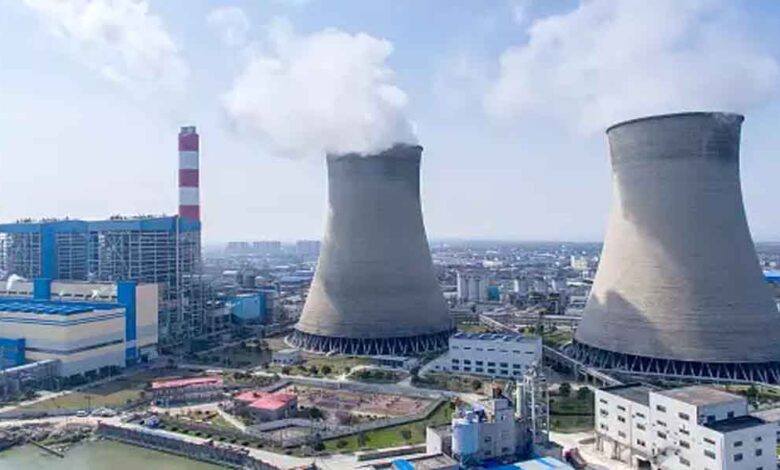Rising level of aerosol pollution in Jharkhand alarm bells

Ranchi. In Jharkhand, in 2023, aerosol pollution in the state is projected to increase by 5 per cent and the state will remain in the ‘highly vulnerable’ red zone in terms of aerosol pollution. A new study suggests that reducing the emissions of thermal power plants is of paramount importance to tackle rising aerosol pollution in the state.
High amounts of aerosols contain pollutants such as sea salt, dust, black and organic carbon, as well as particulate matter (PM 2.5 and PM 10). They can be harmful to people’s health if they enter the body through inhalation. Aerosol optical depth (AOD) is a quantitative estimate of aerosols present in the atmosphere and can be used in lieu of the magnitude of PM2.5.
An in-depth study of state-level aerosol pollution in India (A Deep Insight into State-Level Aerosol Pollution in India) – prepared by Dr. Abhijit Chatterjee, Associate Professor and his PhD Scholar Monami Dutta, researchers from the Bose Institute, Kolkata. This study presents a national landscape of aerosol pollution with long-term (2005–2019) trends, various sources and future (2023) projections for individual Indian states.
Jharkhand is presently in the Red Zone which is a highly vulnerable area with AOD more than 0.5. The aerosol pollution in the province is projected to increase by 5 per cent, which will increase the AOD magnitude in this vulnerable area to more than 0.6 in 2023. The magnitude of AOD is estimated to be between 0 and 1. 0 indicates a completely clear sky with maximum visibility while 1 indicates a very hazy environment. AOD magnitude less than 0.3 is in Green Zone (Safe), 0.3 to 0.4 in Blue Zone (Less Vulnerable), 0.4 to 0.5 in Orange Zone (Vulnerable) while more than 0.5 falls under Red Zone (Highly Vulnerable).
Dr Abhijit Chatterjee, lead author of the study and associate professor of environmental science at the Bose Institute, said the increase in AOD in Jharkhand may seem modest and may not seem to be a cause for concern, but the state already has high AOD magnitudes. with high risk red zone. The slightest increase will push it towards highly vulnerable in future.
Among the major aerosol pollution sources of Jharkhand, thermal power plants (TPP) emissions are a major factor in air pollution in this state. TPP emissions increased from 41 per cent in 2005-2009 to 49 per cent between 2015-2019, explained study co-author and senior research fellow at the Bose Institute, Kolkata, Monami Dutta. This is related to the increase in TPP’s generation capacity from 3256 GW in 2005-2009 to 7531 GW between 2015-2019.
Solid fuel use is the second largest source in Jharkhand, although the study found that its contribution declined from 18 per cent to 15 per cent between 2005-2009 and 2015-2019. Vehicle emissions are the third largest source, with a slight decrease of 16 per cent to 14 per cent during the same period.
The study presented some recommendations to curb the increasing aerosol pollution in Jharkhand. The authors say that according to the study, the level of aerosol pollution in Jharkhand is mainly influenced by the emissions of TPP. Dutta said Jharkhand would need to reduce TPP emissions by about 70-80 per cent to achieve a safe AOD magnitude of up to 0.4. This means that to move from red zone to blue zone, the state will have to reduce its TPP capacity by 5 GW.
Different Categories of AOD
- There are 4 different color zones depending on the percentile:
- Green (Safe Zone) – AOD magnitude less than 0.3
- Blue (Less vulnerable area) – AOD magnitude between 0.3 to 0.4
- Orange (vulnerable area) – AOD magnitude between 0.4 to 0.5
- Red (highly vulnerable area) – AOD magnitude greater than 0.5
- In the study, AOD values of up to 0.4 are considered safe for aerosol pollution, and states above this limit are considered unsafe.
(talk)






